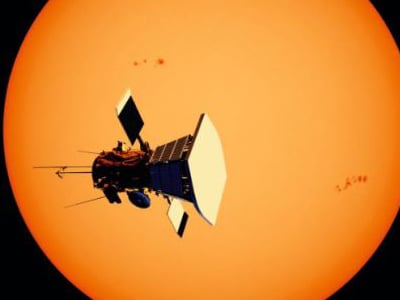The most mission-critical of aerospace systems are the ones that journey into space, where they encounter the toughest environments. When they leave the Earth’s surface they must contend with huge radiation levels, vibration, shock and temperature extremes, making durability and reliability critical features of our connectivity components.

Smiths Interconnect’s microwave RF components, delivering high reliability and connectivity performance, are used in the data and control transmission systems of the Parker Solar Probe, a NASA robotic spacecraft. Launched in 2018 with the mission of repeatedly probing and making observations of the outer most part of the Sun’s atmosphere, the Parker Solar Probe is one of the most audacious missions ever mounted by the agency.
NASA is now calling it a historic moment - the first time a spacecraft has touched the Sun. Three years after its launch, the Parker Solar Probe has flown through the outer atmosphere of the Sun and dipped, for just a short while, into a region around our star that scientists call the corona to sample particles and magnetic fields.
The spacecraft moves at colossal speed, at over 320,000 miles (500,000km) per hour. In 2024 it is expected to approach to within 3.83 million miles from the center of the Sun, achieving a top speed of about 430,000 miles (700,000Km) per hour. That’s fast enough to get from Washington D.C. to Tokyo in under a minute. Parker had to withstand intense heat and radiation but gathered new insights on how the Sun works. For projects of such significance Smith Interconnect’s engineering expertise, superior technology and customer service enable our customers to push the limitations of what’s possible and help bring the boundaries of the Universe a little closer.

